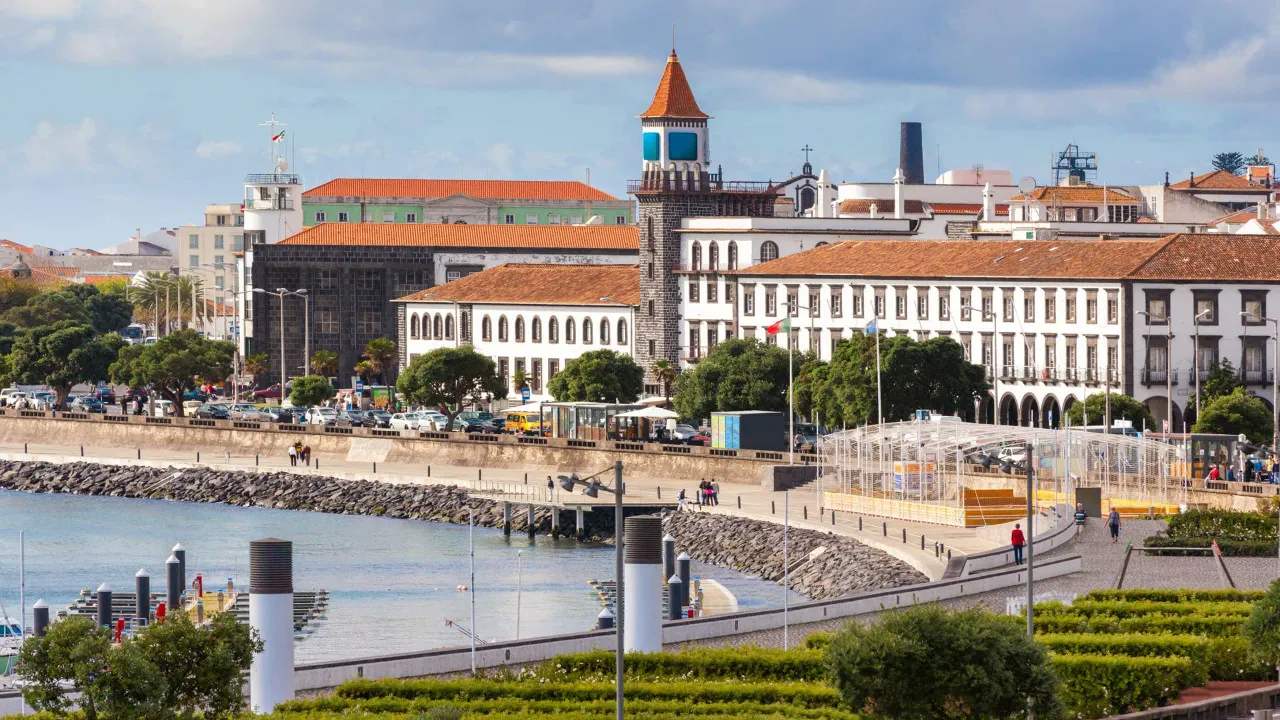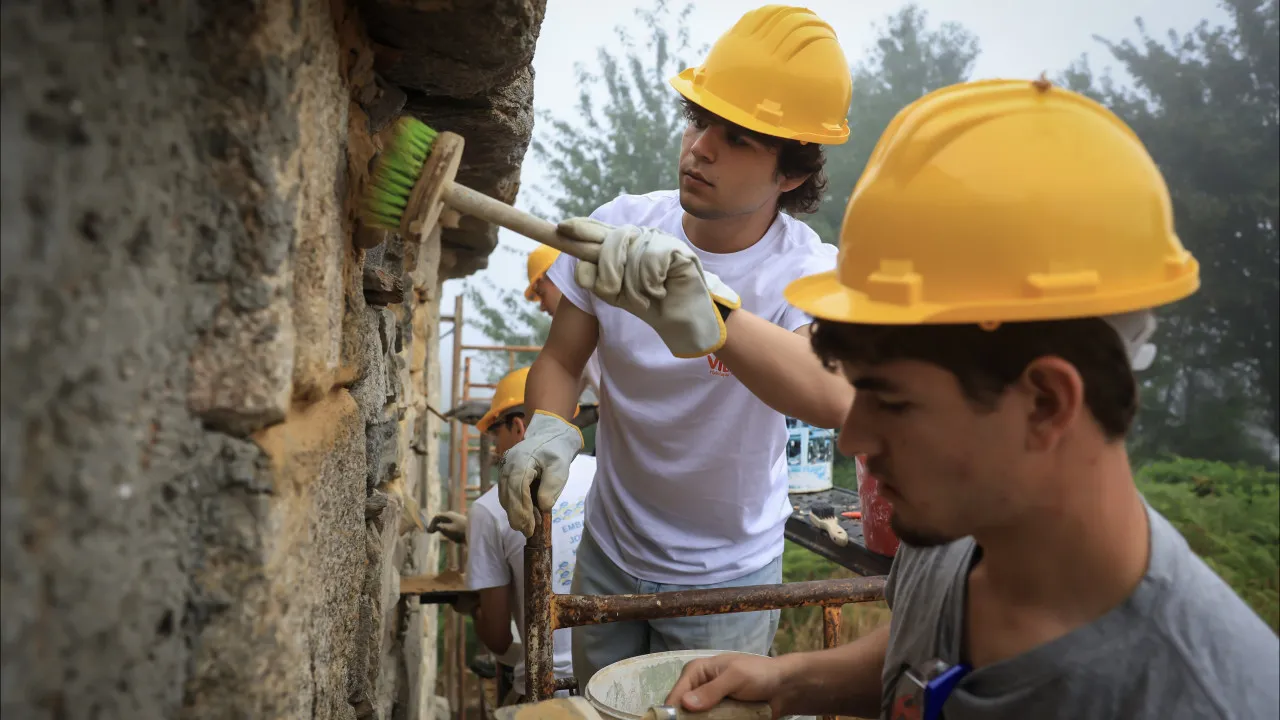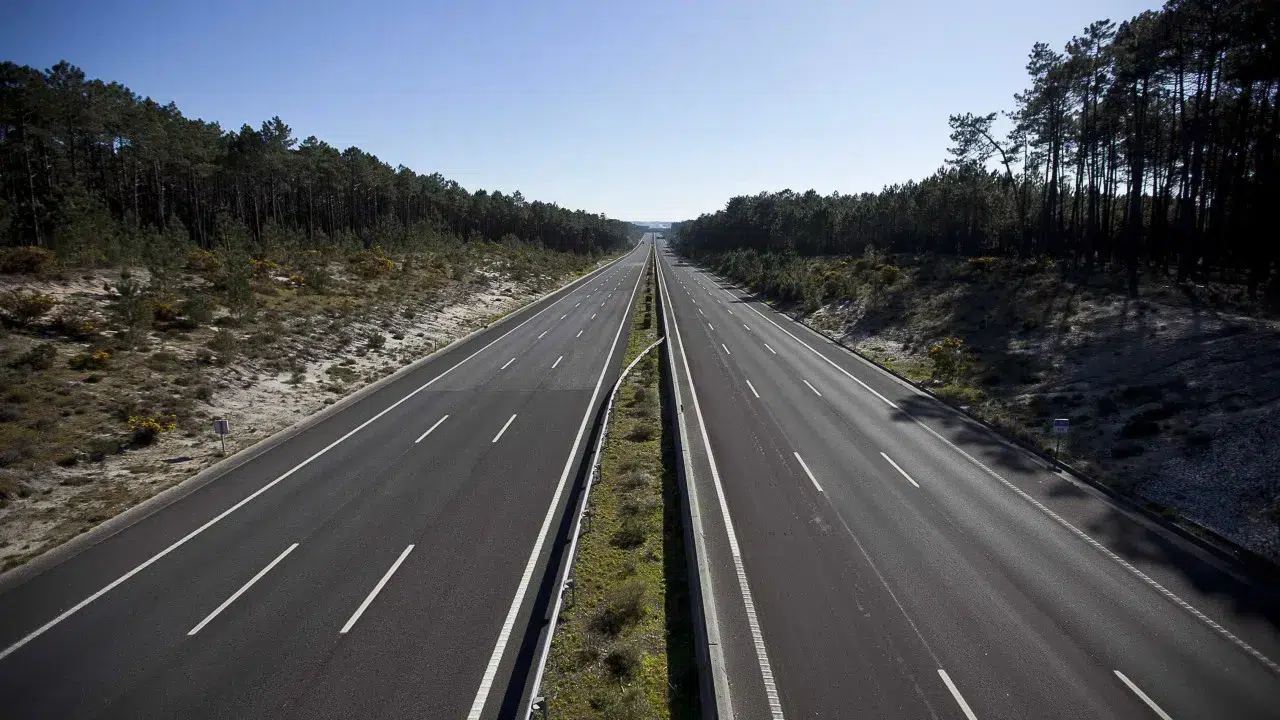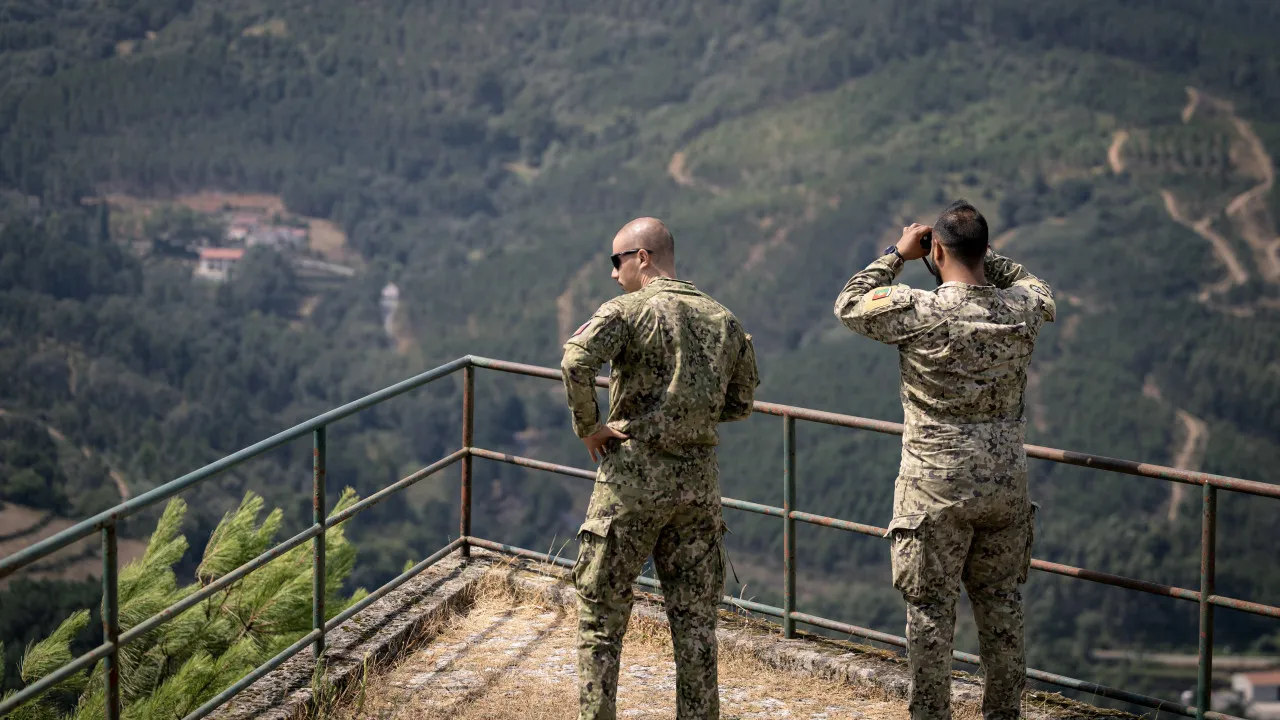
The Center for Information and Seismovulcanic Surveillance of the Azores (CIVISA) reported an earthquake at 07:15 local time (08:15 in Lisbon) with the epicenter approximately 15 kilometers south-southeast of Ribeira Quente, in the municipality of Povoação, on the island of São Miguel.
“Available information so far indicates the earthquake had a maximum intensity of III (Modified Mercalli Scale) in Povoação,” the agency stated.
The Portuguese Institute for Sea and Atmosphere (IPMA) also released a statement, describing the earthquake with a magnitude of 3.0 and its epicenter about 14 kilometers south-southeast of Ribeira Quente.
The tremor is part of an increase in seismic activity recorded since Wednesday, south of São Miguel Island in the Povoação municipality, with 20 earthquakes felt to date.
CIVISA noted in a statement that seismic activity remains “slightly above reference levels” in a steady state.
The seismicity has been characterized by “low magnitude events located at sea roughly between 10 and 20 kilometers south of Povoação municipality,” it added.
Up to now, 20 earthquakes have been recorded, “with a maximum intensity of III/IV on the Modified Mercalli Scale,” CIVISA reported.
“The observed activity pattern suggests seismicity will continue in the coming hours, and further felt earthquakes may occur,” they added.
CIVISA advises avoiding unstable areas near cliffs and coastal cliffs, as well as staying away from buildings with low earthquake resistance.
On the Richter scale, earthquakes are classified by magnitude as micro (less than 2.0), very small (2.0-2.9), small (3.0-3.9), light (4.0-4.9), moderate (5.0-5.9), strong (6.0-6.9), major (7.0-7.9), great (8.0-8.9), exceptional (9.0-9.9), and extreme (above 10).
The Modified Mercalli Scale measures “degrees of intensity and their respective descriptions.”
An intensity III tremor is considered weak, felt indoors, causing hanging objects to sway, with a “vibration similar to that caused by passing heavy vehicles,” as described by IPMA on its website.
An intensity IV, considered moderate, causes “suspended objects to swing, vibration similar to the passage of heavy vehicles or the impact of a heavy ball against walls, parked cars shaking, windows, doors, and crockery rattling, and glassware and crockery clinking, while wooden walls and structures creak at the upper end of this degree.”




